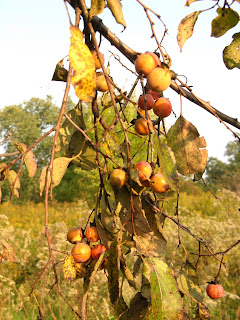One of the bounties of fall is the harvest of nuts. In this part of the country, the most valued are walnuts and hickories. Both are great in desserts.
In the wild, hickories are more abundant. The nuts make good cookies, however you need a lot patience I don’t have to pick out the meat from the shell.
Walnuts ultimately are easier to hull, but are really messy and also can be a lot of work. Harvesting walnuts is almost a lost art. While they are expensive in the grocery store, most people buy them these days rather than picking out the meat.
Frankly, I started thinking about this when my neighbor asked if a friend of his could pick up my walnuts. I’ve become too lazy to hull them. They primarily are a nuisance that if not picked up cause problems late season when mowing the grass.
Although there is considerable work in preparing the walnuts, I’m convinced the ones processed on your own have a better flavor than those that have been on store shelves for months.
Early immigrants moving from the east often looked for locations with walnut trees. Walnut trees meant the land was fertile, limestone based soil that would grow good fruits and crops.
Black walnut tree nuts ripen in late summer and early fall through October. The walnuts should be allowed to ripen hanging on the tree to ensure the flavor and texture of the nut fully develops.
After the walnuts fall and are gathered, they must be stripped of their outer husk, then dried before they are shelled and eaten. Two pounds of walnuts without their exterior husk, will yield about one cup of walnut “meat”.
When black walnuts ripen, the outer husk color changes from green to green-yellow. And, nearly every bit of the walnut, except the meat, can cause serious stains to gloves, clothing, skin, even an enamel sink.
To test of the walnut to determine if is ripe, press down with your thumb on the husk. If it is ripe, the thumb push will leave an indentation on the husk. If the walnut isn’t ripe, try again in a week.
The outer husk of the walnut must be removed after harvest to prevent discoloring and impacting the flavor of the nut inside the shell. Removing the husk can make a mess (lots of stain).
In a delightful book, Smokehouse Ham, Spoon Bread, & Scuppernong Wine by Joseph Dabney, he writes in earlier times, children were pressed into duty using clubs to knock off the husks. He says it was a wonderful day when the early automobile came along and some discovered the husks could be removed by driving over them with the car. Many people use this method today.
As a kid, I remember helping take the hulls off, and I remember the mess. I always had to wear old gloves and old clothes.
Whatever means you use, once the husks are removed, the resulting nuts should be stored to allow them to develop the strong walnut flavor. They should be stored in a cool, dry, ventilated area outside of direct sunlight.
After a couple of weeks, crack a nut. If the meat breaks crisply, the goodie is ready for storage or eating.
There are many wonderful walnut dessert recipes. I’ve always loved them baked into a German Christmas cookie my family made called Zimtstern (cinnamon star).
Interestingly, when I looked at some Zimtstern recipes on the internet, I found them made with almonds instead of walnuts. Guess back when I grew up, my family always hulled walnuts for baking. We never had almonds.
Love those walnuts.




